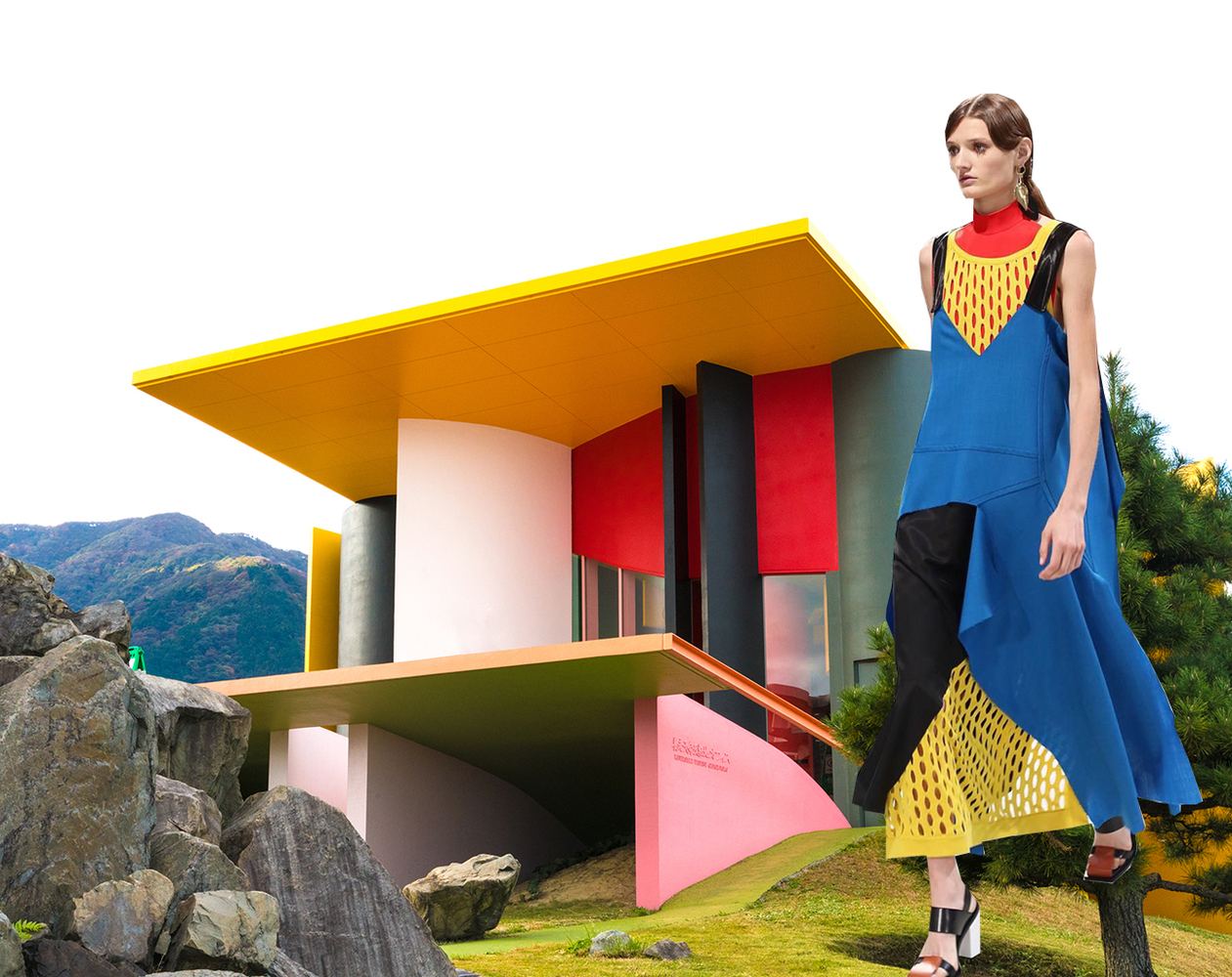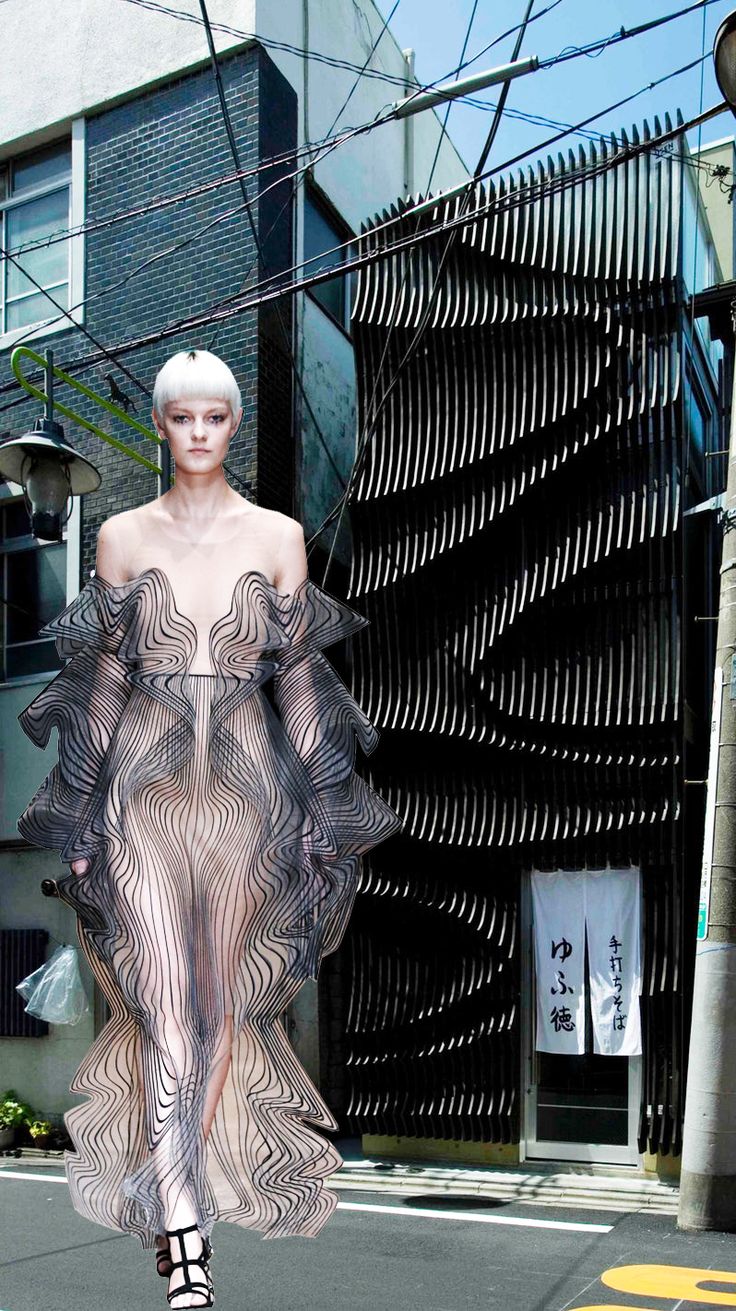- Home
- Articles
- Architectural Portfolio
- Architectral Presentation
- Inspirational Stories
- Architecture News
- Visualization
- BIM Industry
- Facade Design
- Parametric Design
- Career
- Landscape Architecture
- Construction
- Artificial Intelligence
- Sketching
- Design Softwares
- Diagrams
- Writing
- Architectural Tips
- Sustainability
- Courses
- Concept
- Technology
- History & Heritage
- Future of Architecture
- Guides & How-To
- Art & Culture
- Projects
- Interior Design
- Competitions
- Jobs
- Store
- Tools
- More
- Home
- Articles
- Architectural Portfolio
- Architectral Presentation
- Inspirational Stories
- Architecture News
- Visualization
- BIM Industry
- Facade Design
- Parametric Design
- Career
- Landscape Architecture
- Construction
- Artificial Intelligence
- Sketching
- Design Softwares
- Diagrams
- Writing
- Architectural Tips
- Sustainability
- Courses
- Concept
- Technology
- History & Heritage
- Future of Architecture
- Guides & How-To
- Art & Culture
- Projects
- Interior Design
- Competitions
- Jobs
- Store
- Tools
- More
Architecture and Fashion: Design Crossovers and Collaborations

The worlds of architecture and fashion, while seemingly disparate, share more common ground than meets the eye. Both disciplines revolve around the design, functionality, and aesthetics of structures—whether they house bodies or people. And in recent years, an exciting trend has emerged: architects and fashion designers collaborating and borrowing from each other’s worlds. Here’s a deeper dive into this captivating convergence.
Table of Contents
ToggleThe Historical Connection
Historically, architecture and fashion have shared conceptual and material links. For example, the fluted columns of ancient Greece resemble the pleats in a flowing skirt, while the ornate facades of Gothic cathedrals mirror the intricate embroidery on Renaissance garments.
Structural Similarities
At their core, both architects and fashion designers are preoccupied with creating structures. Architects deal with balance, weight distribution, and form in their buildings. In a parallel vein, fashion designers work with fabric drapes, cuts, and seams to best complement the human form. This underlying similarity means that there’s a lot these disciplines can learn from each other.

Material Innovation
Both fields are always seeking new materials to redefine their work. When Issey Miyake introduced his ‘Pleats Please’ collection in 1993, he was borrowing from architectural ideas about fold, flexibility, and form. Meanwhile, architects now use fabrics in façade designs, creating dynamic, mutable structures inspired by the flow and movement typical of garments.
Iconic Collaborations
Several collaborations have etched the path for this interdisciplinary approach:
- Zaha Hadid and Pharrell Williams: The late, great architect Zaha Hadid partnered with Pharrell Williams to design a pair of sneakers for Adidas that reflect Hadid’s signature fluid and futuristic architectural style.
- Rem Koolhaas and Prada: Renowned architect Rem Koolhaas designed the “Prada Transformer” in Seoul, a shape-shifting structure that hosts art, cinema, and fashion events.
- Jean Nouvel and Ray-Ban: In a blend of optics and aesthetics, famed architect Jean Nouvel worked with Ray-Ban to design sunglasses that play with light and shadow, much like his building designs.

Sustainable Practices
Another crucial crossover between the two fields is the shared emphasis on sustainability. As environmental concerns come to the fore, both fashion designers and architects are using sustainable materials and embracing eco-friendly practices. For example, fashion brands are incorporating recycled materials into their designs, while architects are innovating with bio-degradable building materials.

The Future of Crossovers
As technology plays an increasingly vital role in both fields, collaborations might lean into digital realms. Think virtual fashion shows hosted in digital architectural masterpieces or VR clothing lines that can be “worn” in online spaces.
Concluding Thoughts
The convergence of architecture and fashion points to a broader understanding of design as a holistic, interconnected field. By breaking down barriers and blending inspiration, architects and fashion designers are expanding the boundaries of what’s possible in both realms. As these two worlds continue to collide and collaborate, the possibilities for innovation are endless.





Submit your architectural projects
Follow these steps for submission your project. Submission FormLatest Posts
The Ultimate Guide to Fencing in North Dakota: Choosing the Best Fence for Your Property
Watching a chain link fence twist in 70 mph winds near Minot...
Gaudí: Where Architecture Meets Science
Gaudí: Where Architecture Meets Science shows catenary arches, ruled surfaces, and biomimicry...
How Housing Market Forces Shape Architectural Design Today
Architecture never exists in isolation. Buildings rise from a mix of ambition,...
Why Portable Formaldehyde Gas Detectors Matter on Construction Sites
As construction practices shift toward more enclosed and material-intensive environments, the risk...












Leave a comment